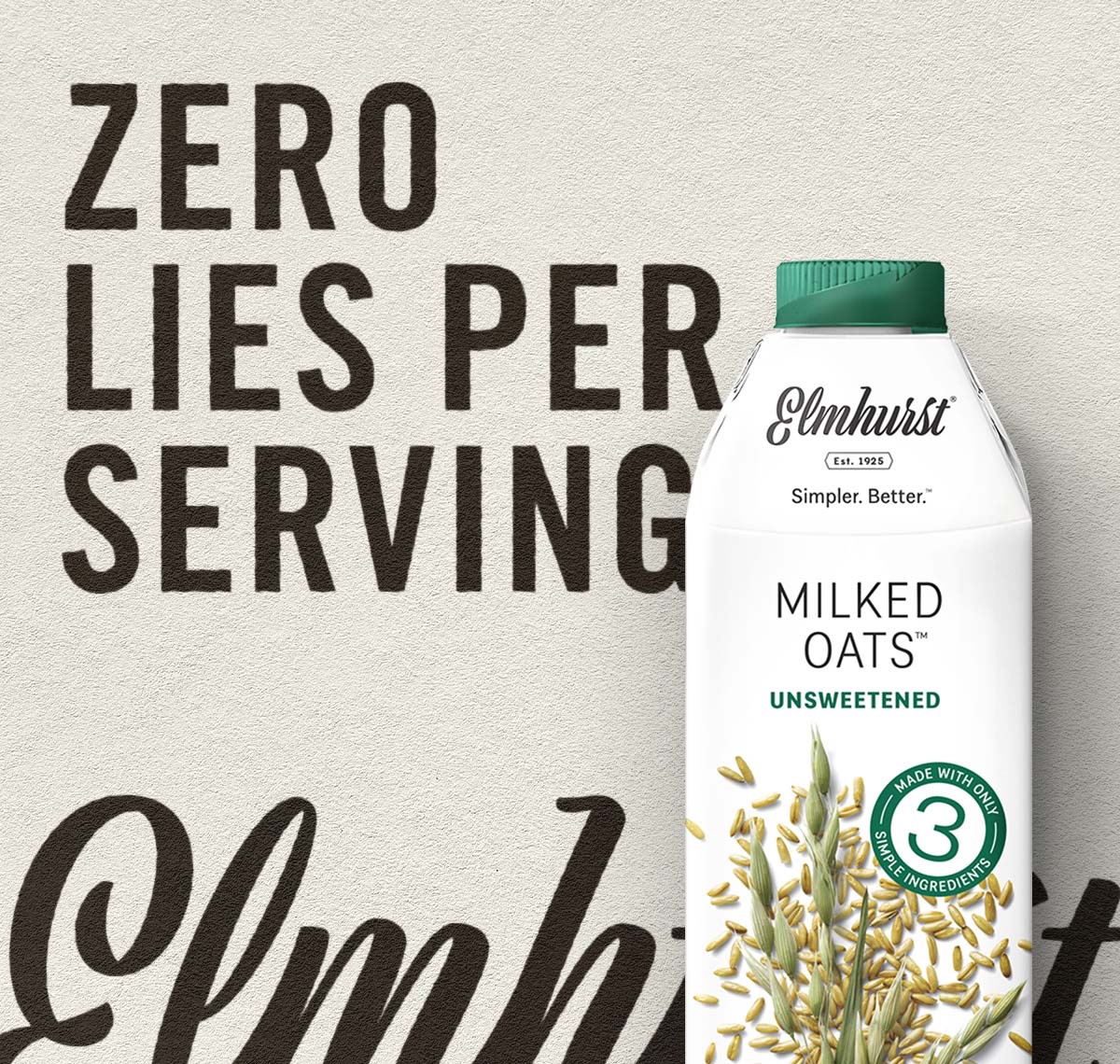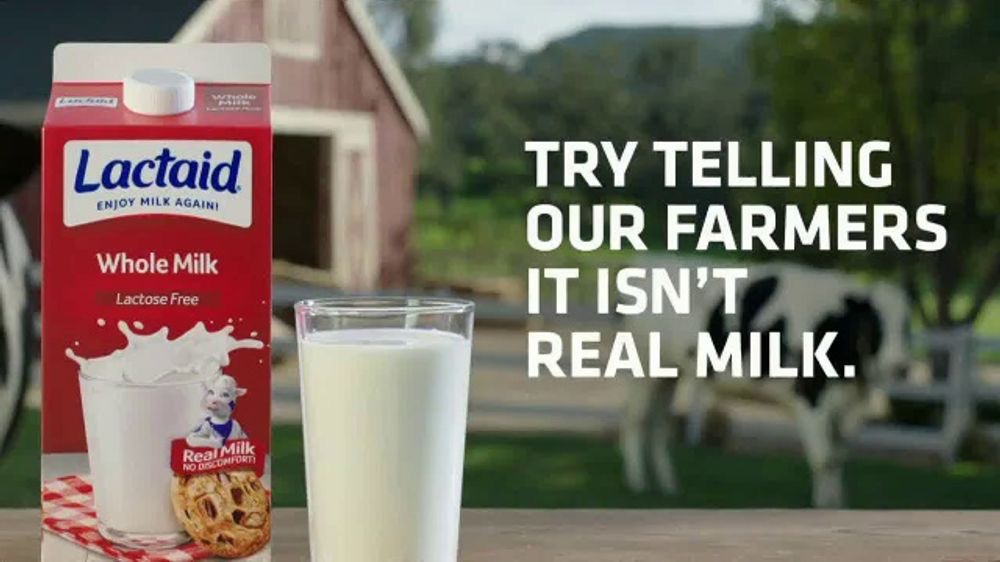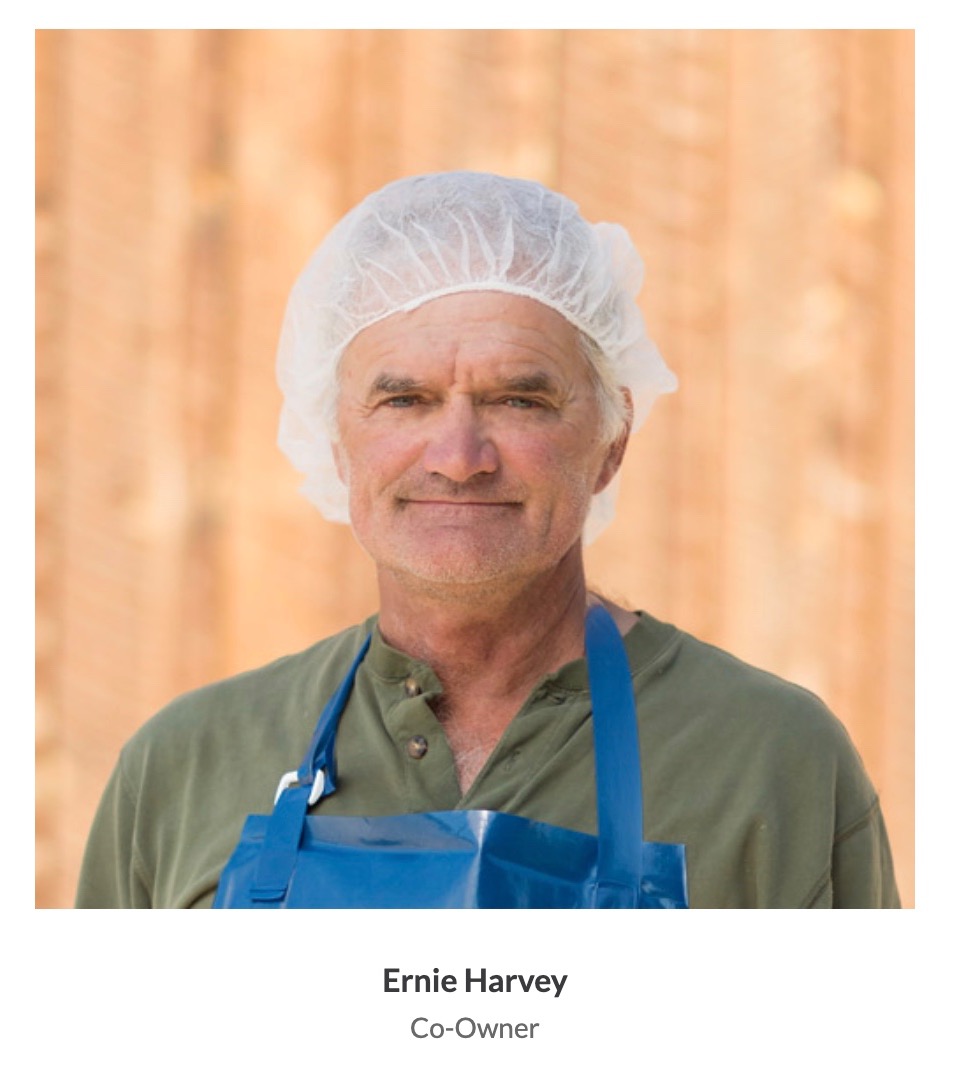Honest Work

Elmhurst social
The CODE-X series catalogs a vast codex of source codes (aka “signs”) extracted from past audits.
The object of study in semiotics is not the signs but rather a general theory of signification; the goal of each “audit” is to build a model demonstrating how meaning is produced and received within a category or cultural territory. Signs on their own, therefore, only become truly revelatory and useful once we’ve sorted them into thematic complexes, and the complexes into codes, and the codes into a meaning map. We call this process “thick description”; the Code-X series is thin description.

“HONEST WORK” NORM: Unlike the competition, we keep it real.

“HONEST WORK” FORMS: Honest faces. Farmers who look incapable of telling a lie — they look impatient with BS. Authentic context: e.g., brand spokesman not in an office but at the farm, in the field, or in the dairy wearing protective gear. Confrontational, picking a fight: “Zero lies per serving” (Elmhurst). “Try telling our farmers it isn’t real milk” (Lactaid).

